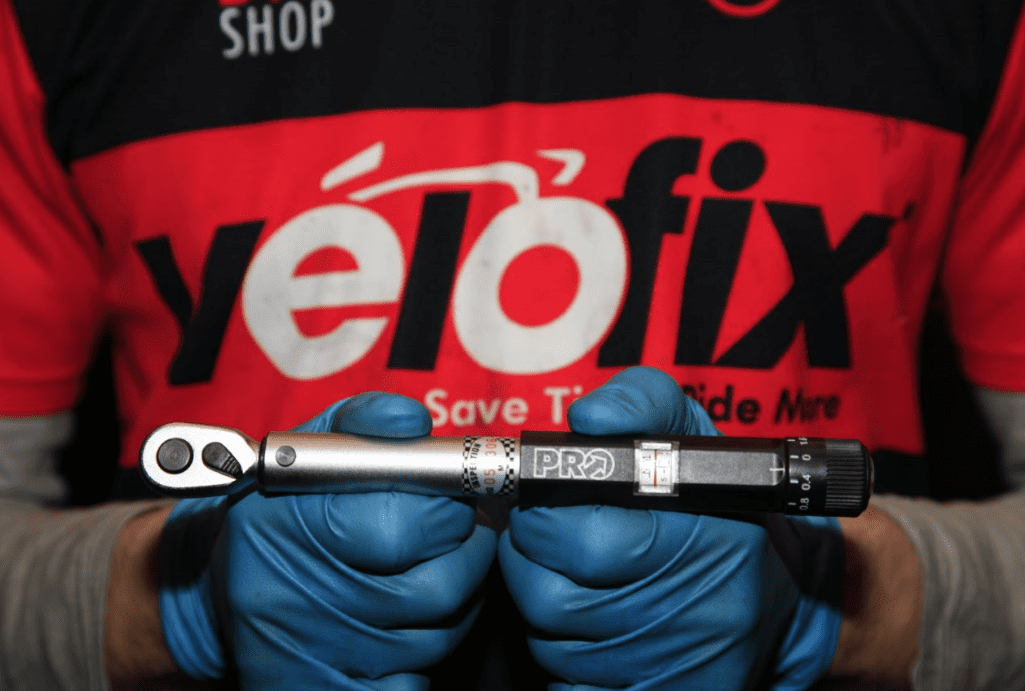The importance of the torque wrench
Learning and perfecting the proper twist with the precision tool

by Nick Di Cristofaro
Your bicycle is held together with many amazing pieces of hardware, bolts and nuts set at just the right places. They are also tightened precisely. Eventually, after riding your bike over many miles, you’ll have to tighten them with an Allen key or wrench. If your bike is made of carbon fibre, most of the bolts have certain specifications. At your seatpost clamp or handlebar stem, you can see a 7 Nm or 5 Nm. What do those figures mean? “Nm” stands for Newton metre, which is the metric unit of measure for torque.
Torque is a twisting force that causes something to rotate. For rotating the bolt on the seatpost clamp, you want to apply a specific amount of force, say 5 Nm. To do that, you need a torque wrench, a precision tool.
RELATED: 5 easy steps to make your components last longer
An experienced mechanic has a good sense of what a certain measure of torque feels like. For the weekend rider and non-professional mechanic, a torque wrench is a very important tool to own. Overtightening components could result in damaging the carbon or even breaking the bolt. Undertightening can result in a handlebar rotating downward in the stem when you hit a bump in the road, for example.
There are different types of torque wrenches available, but the most common is the “click” type. This tool usually has a knob that you twist to set a certain torque and has a ratchet head that pivots and gives or “clicks” when you reach the torque setting. It is important that you do not continuing rotating the fastener after the wrench has clicked. You risk overtightening the fastener and damaging the wrench.
The dial type is another wrench that has a digital or analog dial that displays the torque measurement as you apply force to the handle when turning a fastener. You must monitor the dial until you reach the desired torque measurement. Some digital wrenches will beep or vibrate when the setting is reached.
Critical components that you should always use a torque wrench on include handlebar and seatpost clamps, front-derailleur band clamps and chainring bolts. Chainring bolts are even more critical when being installed onto a crank/spider-based power meter. On the mountain side, suspension pivots and components, and stanchion clamps are also important.
RELATED: Checking and replacing your chain
The consequences of overtightening carbon components can be catastrophic. A chronically slipping seatpost (even after tightening it down numerous times) is often the result of overtightening the clamp, damaging the carbon and stretching the bolts and clamp themselves. I often recommend applying carbon paste on clamping surfaces on seatposts and handlebar clamps. This paste is an abrasive gel that helps to grip and create more friction between the mating surfaces of the component. This friction can actually reduce the torque needed to hold the components in place safely, thus reducing possible damage to carbon parts.


